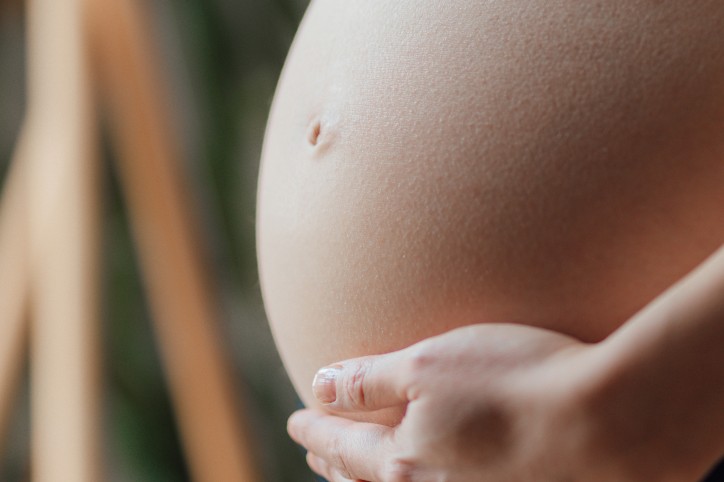When I was pregnant one of my biggest fears was having a c-section – at least unless it was going to be a French c-section. So, naturally when at week 34 I found out my baby was still breech, I panicked. Luckily he ended up turning and I had a vaginal delivery (though he turned again at 9.5cm dilated and I almost had an emergency c-section… but that’s another story!)
Babies can be in breech position for several reasons.
“The most common reasons are multiple gestation, too much or too little amniotic fluid, abnormal uterine shape or fibroids, early gestation (prior to 37 weeks), developmental issues with baby or placental placement,” says Rebekah Mustaleski, certified professional midwife and Motif compression director. “The best way to prevent a baby from being in the breech position is to do what you can to create balance and space in the body to encourage baby to be in an optimal birth position. Making sure your pelvic floor and core are well balanced and functioning optimally, chiropractic care and regular exercise like walking are all wonderful ways to be proactive on helping your baby be head down.”

When does breach become a problem?
When you reach full-term, ideally your baby will be head down. “If you are greater than 37 weeks pregnant, your provider will discuss your options with you,” says Mustaleski. “Many providers will not attend vaginal breech births, so the goal is often to turn baby before labor. An external cephalic version (ECV) is the most well- known technique used to turn a breech baby. This is when your provider will attempt to manually move your baby into a head down position. There are other things you can do at home, too, such as the Three Balances taught by Spinning Babies or moxibustion, a form of heat therapy.”








